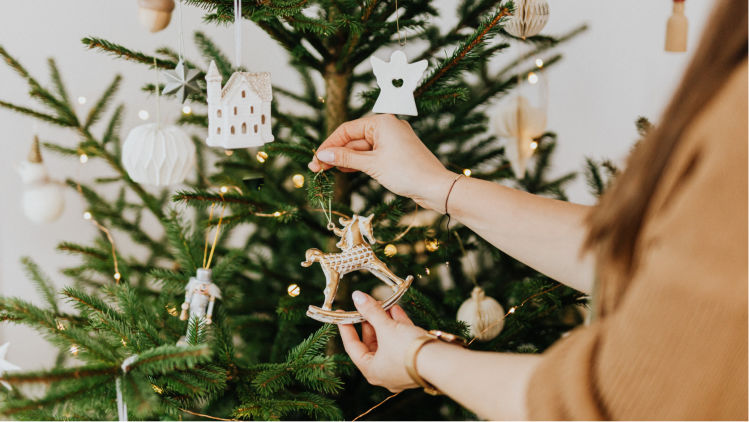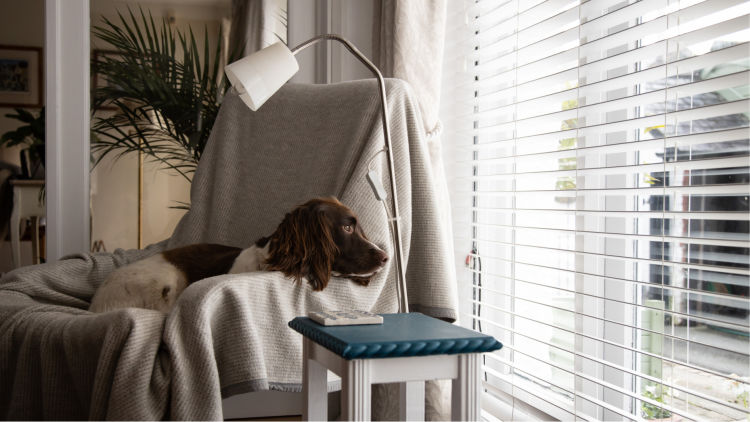Six Ways to Improve Air Quality in Your Home
There's nothing more important than the air you breathe. Learn how to improve it with six smart tips.
by ecobee on 01/17/2023 in Life & Family
7 min read
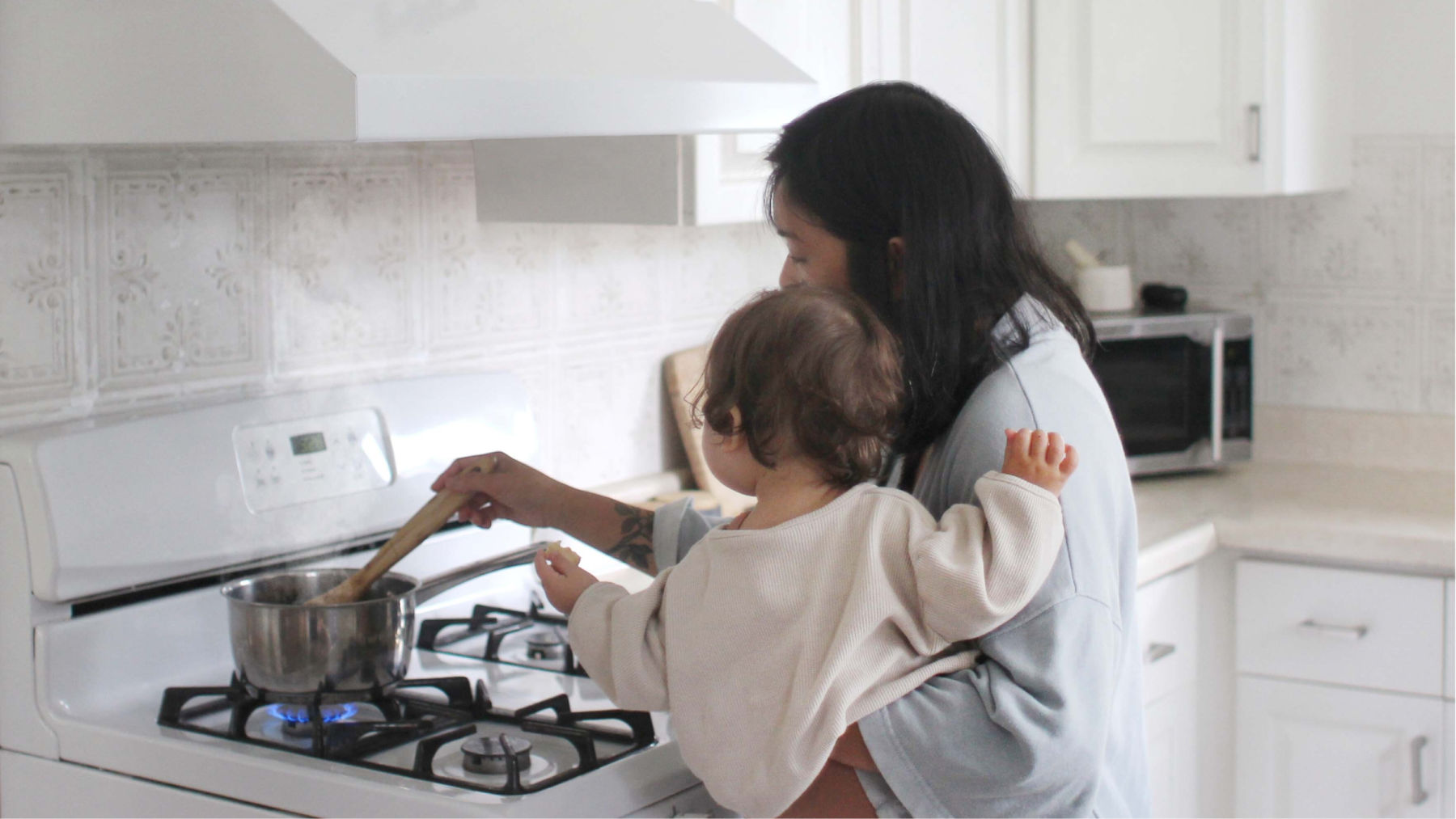
According to the Environmental Protection Agency, Americans spend approximately 90% of their time indoors, including (but not limited to) their homes, schools, offices, and other building environments. Also, according to the same agency, the concentrations of some pollutants in these places are often two to five times higher than what is found outdoors.
The truth is that your indoor air quality can significantly impact your well-being. Unhealthy air quality can cause problems like headaches and irritation of the eyes and nose and, in extreme cases, can also cause severe issues like respiratory diseases.
While controlling and monitoring the indoor air quality of communal places is almost impossible, the good news is that it's not that hard to do it in your own space. You can improve your home’s air quality by making some simple changes.
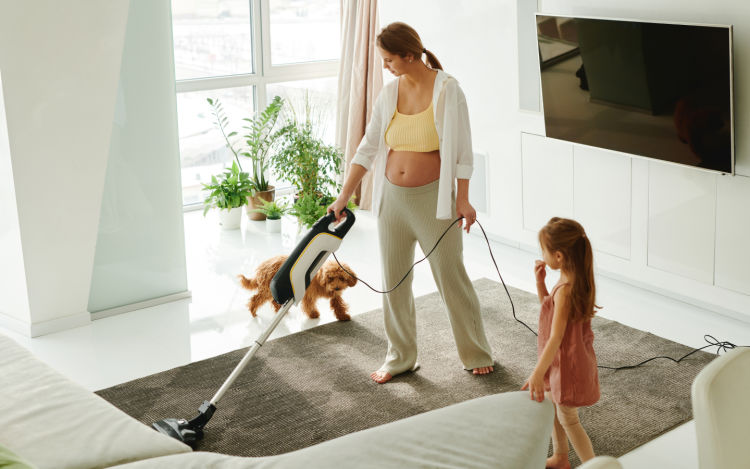
1) Keep it clean.
A clean home is a healthier home. Removing the amount of dust, pet fur, and mold is one of the most effective ways of improving your indoor air quality.
- A vacuum cleaner is your best friend. Carpets and rugs must be vacuumed once or twice a week. Hard floors can be vacuumed too but must also be cleaned regularly using a damp mop to remove particles efficiently.
- Change bedding frequently. Sheets, covers, and pillowcases should be washed often, preferably in hot water. Also, consider using dust mite-proof covers for mattresses and box springs.
- Declutter. While clutter holds dust, it can also be the source of the problem. For example, the paint cans from the last renovation? They could decrease your home's air quality. Move them out of the house or, if you prefer, give a new home to all those objects that you have no use for and are just accumulating dust.
- Remember to clean those places everybody forgets. Air ducts, pet beds, drapes, and burners are some examples of places that accumulate pollutants and are easy to forget during your weekly cleaning. Keep track of the last time you cleaned them and do it regularly.
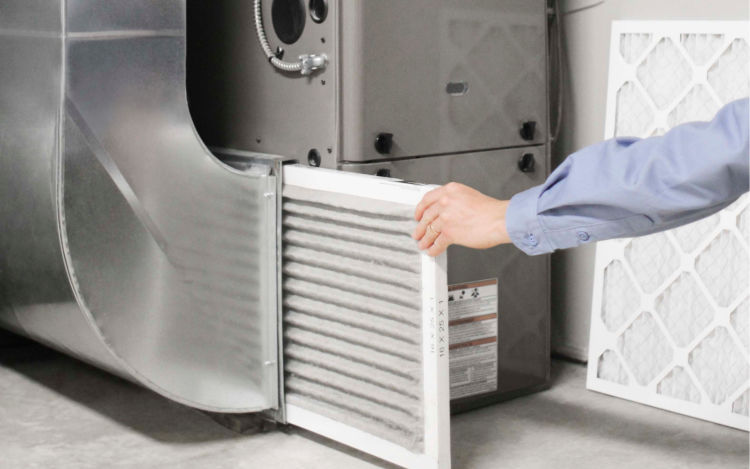
2) Remember to change (and choose the perfect) air filters.
Frequently changing your air filters is fundamental to improving your home's air quality: studies show that premium air filters can remove 89% of airborne virus particles.*
It's essential to pick the correct filter based on the pollutants you want to filter out. This is where the Minimum Efficiency Reporting Value (MERV) ratings set by the HVAC industry comes into play. MERV is used as a standard to determine an air filter’s efficiency and performance. MERV values range from 1 to 16 – the higher the rating, the finer the filtration. For example, MERV 6 filters are quality and affordable filters that capable of trapping common pollutants like dust, lint and pollen. On the other hand, MERV 13 filters are higher cost premium filters that are capable of trapping particles as small as 0.3 microns, great for people with allergies or asthma.
Not sure when to change your air filters? If you already own an ecobee Smart Thermostat Premium, you’re in good hands. With its built-in indoor air quality monitor, your ecobee Smart Thermostat Premium allows you to see your home’s air quality scores on the thermostat and ecobee app. If the air quality in your home is very poor, your thermostat will send you a push notification so you can take action to improve the air quality in your home – such as replacing your air filter.
Need reminders to change your air filters? ecobee has you covered too. If you have an ecobee smart thermostat, the ecobee app can remind you automatically. Simply select Reminders & Alerts from the Main Menu on your thermostat or ecobee app, then select Reminder Preferences and navigate to Furnace Filter. From there, you can choose the frequency and create an alert for cleaning or changing your air filters. You can find more information here.

3) Take a closer look at your gas stove.
Gas stoves are a fixture in millions of homes, but there is growing concern they are a source of indoor air pollution and cause of childhood asthma.
A December 2022 study in the U.S. linked gas cooktop use to about 13 percent of childhood asthma cases. That’s similar to the effects of second-hand smoke. This is on top of decades of studies showing that gas stoves emit indoor air pollutants like nitrogen dioxide, carbon monoxide, and fine particulate matter that the U.S. Environmental Protection Agency and World Health Organization say threaten public health.
If you are concerned about your gas stove, consider switching to an induction model, which uses electricity. Induction stoves can heat up and cool more quickly and have a growing following in the culinary world.
If you’re not ready or able to replace your gas stove, make sure to always use your ducted range hood to vent gas and cooking odor outside. If your range hood is ductless, running the fan is not enough to protect indoor air quality. Open windows while cooking and install carbon monoxide detectors to protect yourself.
4) Try to limit the use of scented items.
Scented candles, freshening sprays, diffusers, incenses, and all the fantastic products that make your home smell so good contain various chemical components that can contribute to poor indoor air quality and can even be harmful to your health.
Some of these products contain volatile organic compounds (VOCs)—such as formaldehyde, acetaldehyde, benzene, toluene, and ethylbenzene—that can be problematic to your well-being. While these VOCs can be difficult to smell in the air, they can still irritate the eyes and nose and cause headaches.
Many cleaning, cosmetic, and even craft products contain VOCs, too. So, don't forget to check their composition before using them!

5) Keep an eye on your indoor air quality.
If you're concerned about the air quality in your home but aren't sure what changes would help the most, a good place to start involves testing your air quality. You can now do it through your thermostat: ecobee Smart Thermostat Premium unlocks superior home health with a built-in air quality monitor.
The device displays important data about your indoor air quality, including relative humidity, estimated volatile organic compounds (VOCs), and estimated carbon dioxide (CO2) levels. Air quality can be viewed right from the screen or the ecobee app, and you can tap the reading for a detailed look.
Smart Thermostat Premium will alert you when indoor air quality is poor and provide tips on how to improve it. If your home has a ventilator, ecobee can automatically activate it to enhance air quality.

6) Open the window and let in fresh air.
Improving your indoor air quality can be as simple and quick as opening doors and windows to let the fresh air flow: airing out your home will allow chemicals and allergens to disperse.
But before doing so, consider checking the quality of the outdoor air and pollen levels. If you live in a polluted city or near a busy road, try opening your windows at night when the traffic has lessened, and the levels of pollutants have lowered.
Don't forget to check (and clean) your home's vents frequently and to use fans in the kitchen to remove cooking fumes.
For more tips about how to take care of your home, check our posts about Five ways to make your summer home more comfortable, How and when to change your air filters, and How to make spring cleaning more enjoyable.
* Per "Study of Viral Filtration Performance of Residential HVAC Filters," American Society of Heating, Refrigerating and Air-Conditioning Engineers (ASHRAE), dated August 2020.
Did you enjoy this article?
Thanks for letting us know!

